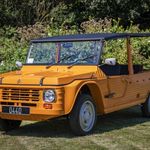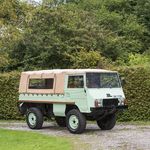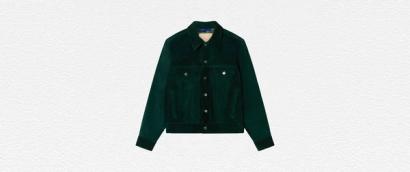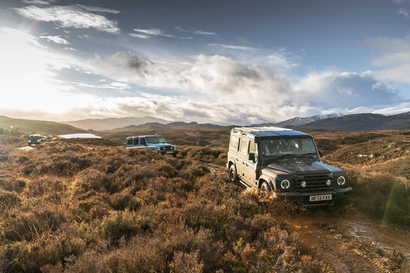
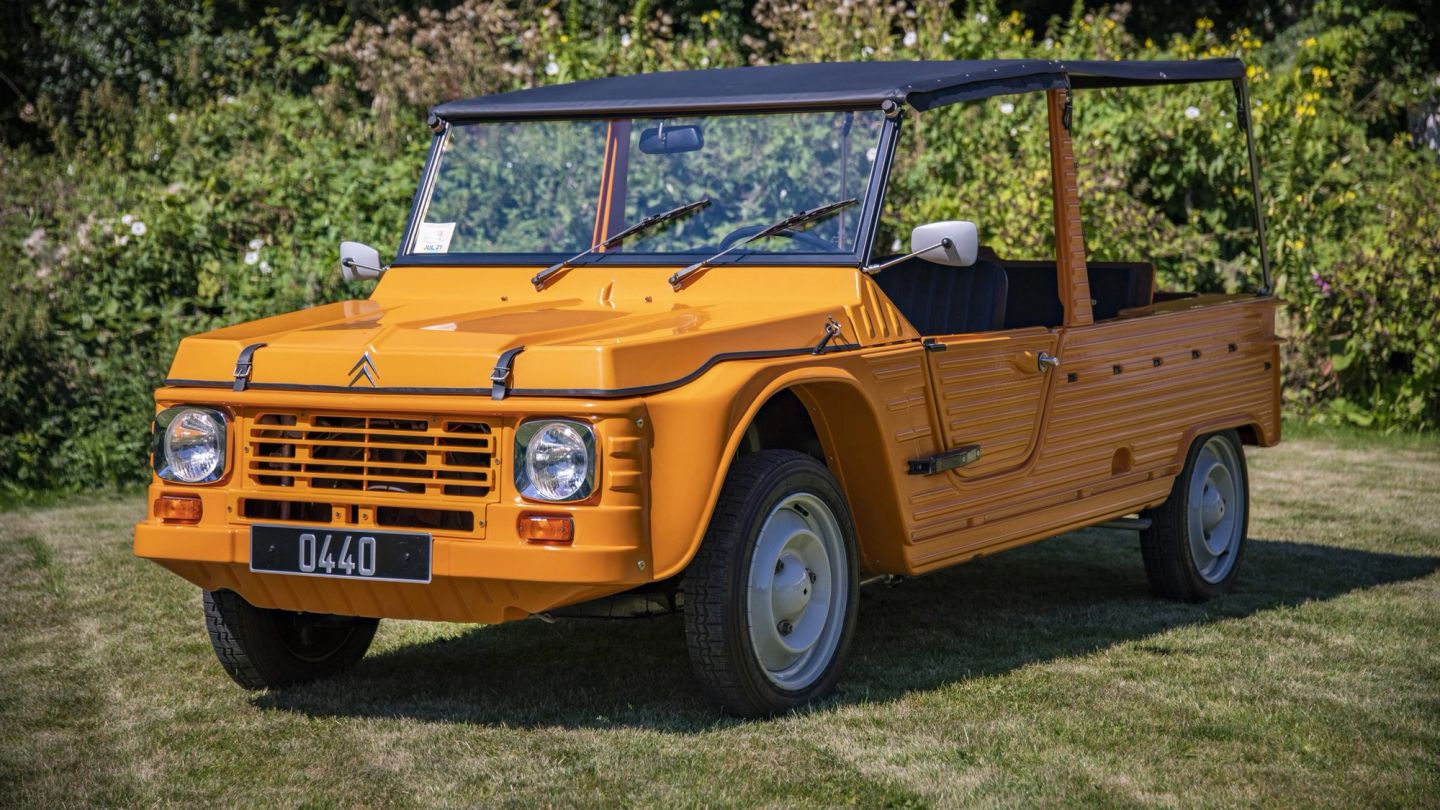
Words: Izzie Price
There are thousands upon thousands of incredible cars produced year on year. New and shiny, bright and sparkling; pick whichever descriptors you want, but regardless: the market is flooded with cars ready to take to the road for the very first time.
We certainly don’t deny that there’s nothing like the feeling of getting in a car that no one else has ever touched. But we’d like to offer you a rival feeling, and an even greater pleasure: that of driving a car imbued with history. A car that’s seen a bit of life; a car that’s weathered more than a few storms, made its way through all sorts of terrains (we’re talking about 4x4s, after all) and whose wheels have traversed roads in places you may not ever visit.
A vintage 4×4 is a 4×4 that’s stood the test of time. It’s a 4×4 that’s proven its worth in gold (or should that be tyre?) and that’s done its owners proud over the years. A vintage 4×4 doesn’t depreciate over time; quite the opposite. Its value lies in its heritage — and so we’ve curated a selection of the four coolest vintage 4x4s on the market right now. Because the best things in life come in fours; and because vintage 4x4s aren’t only trustworthy and laden with age-old motoring anecdotes. They’re also effortlessly, ineffably cool.
For a slice of history: 1970 Land Rover Series IIA
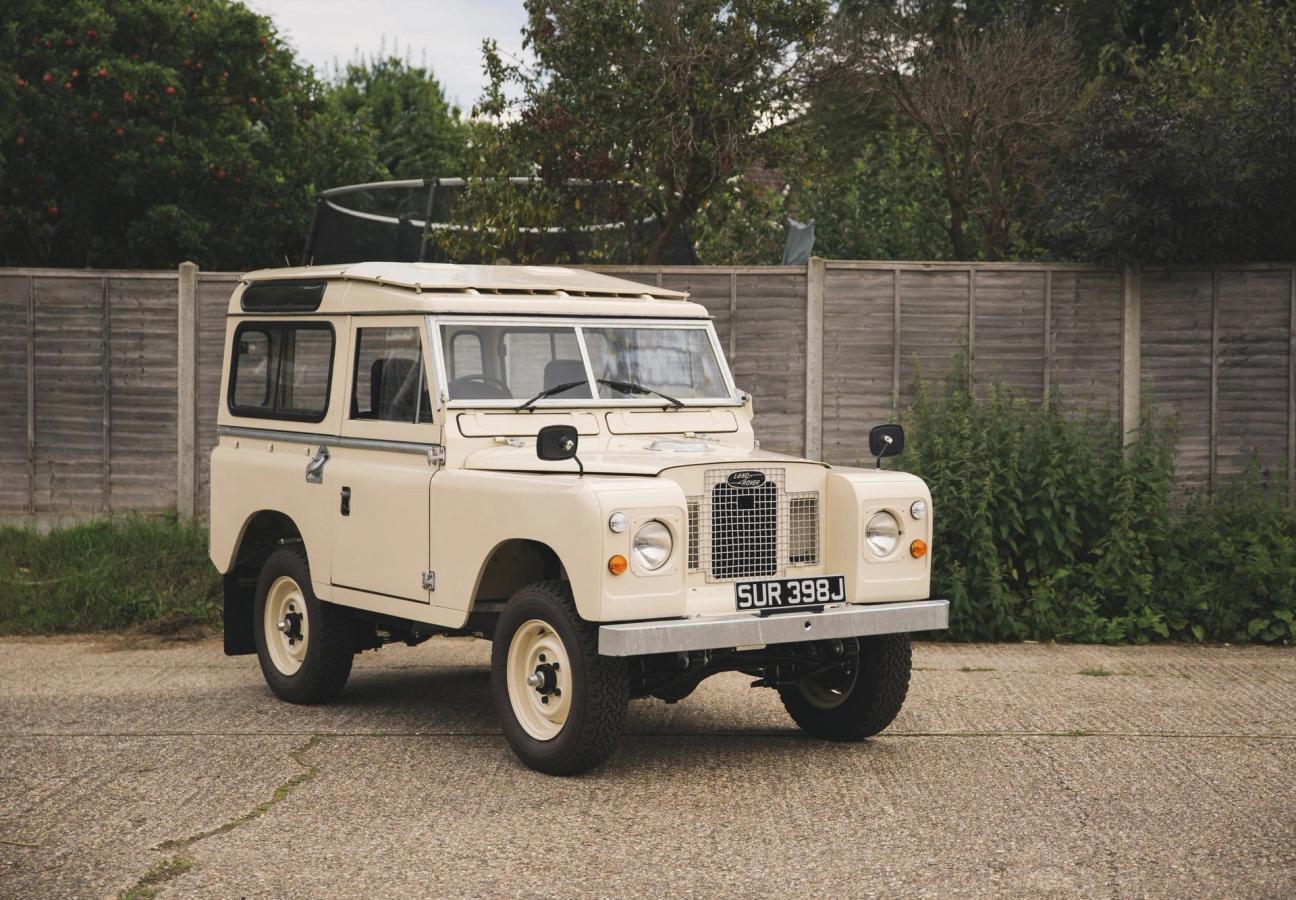
The Land Rover Series II is a slice of history in and of itself; it was the first Land Rover to benefit from the world-famous design of David Bache and his team. Officially revealed to the world in 1958, it closely resembled its Series I forebear; but it was as though the Series I had been given a design-orientated makeover. Bache brought (what is now) his signature sophisticated styling to the job, and added several features that any car-minded gentleman would easily recognise today on a modern Defender. (You’ll know the features we’re talking about: a rounded roof, those infamous ‘barrel side’ bodylines, you know the Defender drill.)
Land Rover neophytes may struggle to distinguish between the Series II and the Series IIA; but they include the addition of two new 2.25-litre petrol and diesel engines to the IIA when it launched in 1961. Cut to 1969, and another trademark Defender feature made an appearance on the IIA when the headlamps moved to the wings.
This particular 1970 vehicle has been fully restored. We certainly wouldn’t say no to the limestone exterior juxtaposed with the black vinyl interior; and with a mileage of 26,500 (quite something for a vintage Land Rover), we’d suggest going for broke and treating yourself to a vintage slice of motoring history.
For coastal driving: 1973 Citroen Mehari
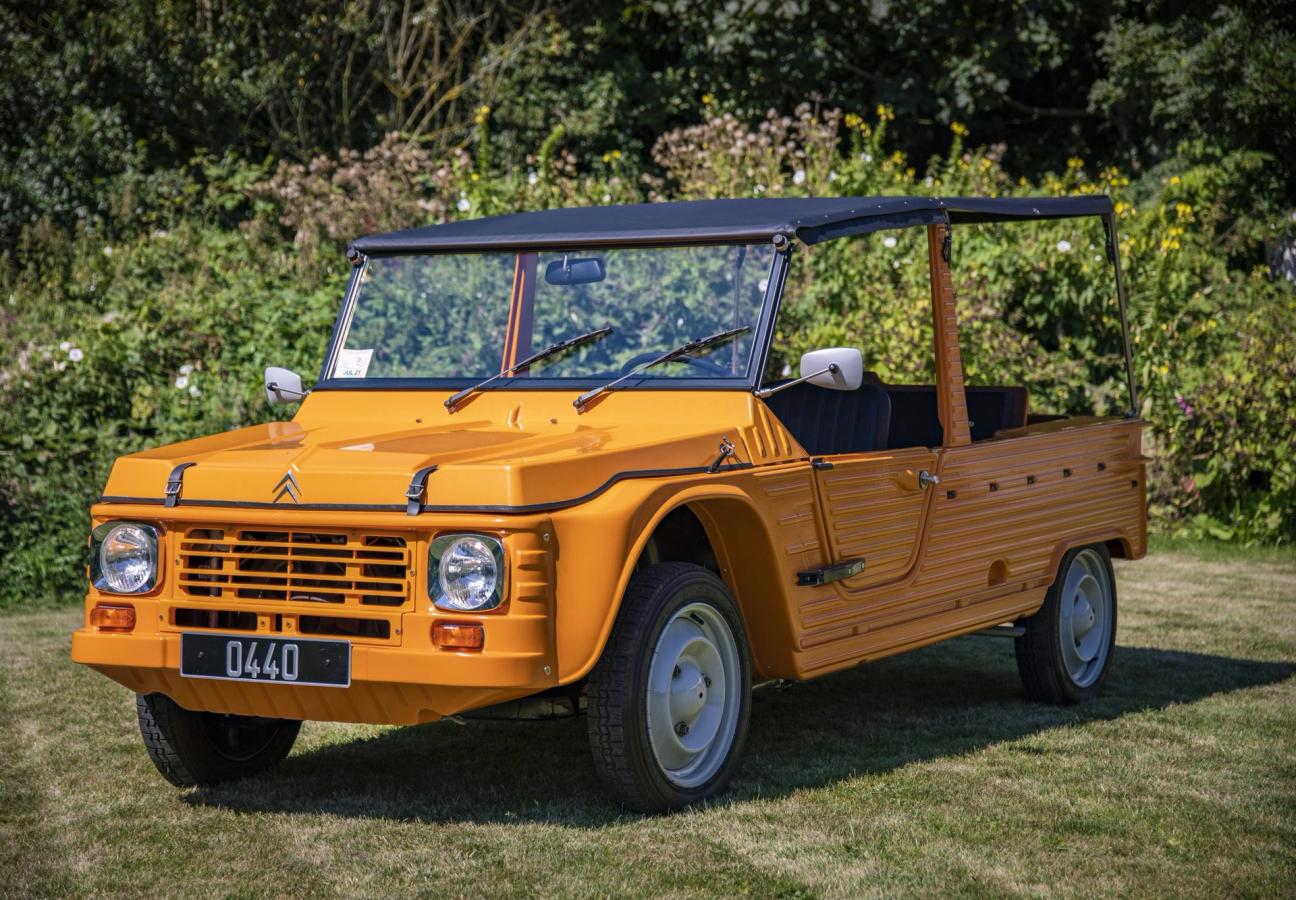
If there was ever a carefree, summery 4×4, the Citroen Mehari would be it. ‘Carefree’ and ‘summery’ sound like somewhat unusual descriptors to apply to a 4×4, whose mettle is generally found in their ability to traverse tricky terrains — but this is a lightweight car built for summery, sandy, beachside recreation: and we bet it’ll look right at home parked outside your Salcombe pad. That Kirghiz colour scheme speaks for itself…
When we said lightweight, we mean lightweight. The Mehari clocks in at a mere 535kg, and gets its power from a (metaphorically) pocket-sized 602cc flat-two petrol engine. Mehari aficionados will be all too aware that it’s a simplistic car, mechanically speaking — but it’s also positively dripping with style, thanks to the vinyl doors that were fitted in 197o (not to mention the option of a vinyl roof. Who’d say no?).
This 1973 offering is fully restored; and you’ll be no doubt thrilled to hear that it comes equipped with the aforementioned vinyl roof for year-round usability. Practicality and style? That’s our kind of 4×4; as is one that comes with a four-speed dog-leg gearbox. We (ironically) weren’t kidding when we told you this was a fun car.
For a truly rare find: the 1985 Land Rover 90 V8 County Station Wagon

When we say rare, we mean rare. If this 4×4 was a steak, it would be blue. It’s one of the first ever production Land Rover 90 V8, complete with the ‘lift door handles’ seen on the earliest models. It’s covered just 38,000 warranted miles since it first left the factory all those years ago, on 28th March 1985, and it’s as original as a Land Rover devotee could hope for (we’re talking unpainted rivets and galvanised capping). It’s something of a Land Rover celebrity, too, having twice been featured on the cover of Land Rover Enthusiast (once in 2002, then again a decade later).
Its notable features know no bounds, as you’d expect from a seven-seater station wagon. It’s got the Alpine roof lights and the top-of-the-range cloth trim; and it comes complete with the five-speed gearbox and power steering. It’s never been resprayed, so it’s just the thing for anyone who’s got his gentlemanly heart set on true, authentic originality: and it comes with the original road wheels, as well as the Wolf Land Rover wheels and tyres. And in case you’re thinking it all sounds too suspiciously good to be true, it has benefitted from some improvements: namely, a stainless steel exhaust, sports manifolds and a four-barrel Holley 390 carburettor.
Go on; it’s got your name on it. You can explain the bank balance later.
For military-grade credentials: the 1978 Steyr-Puch Pinzgauer 710
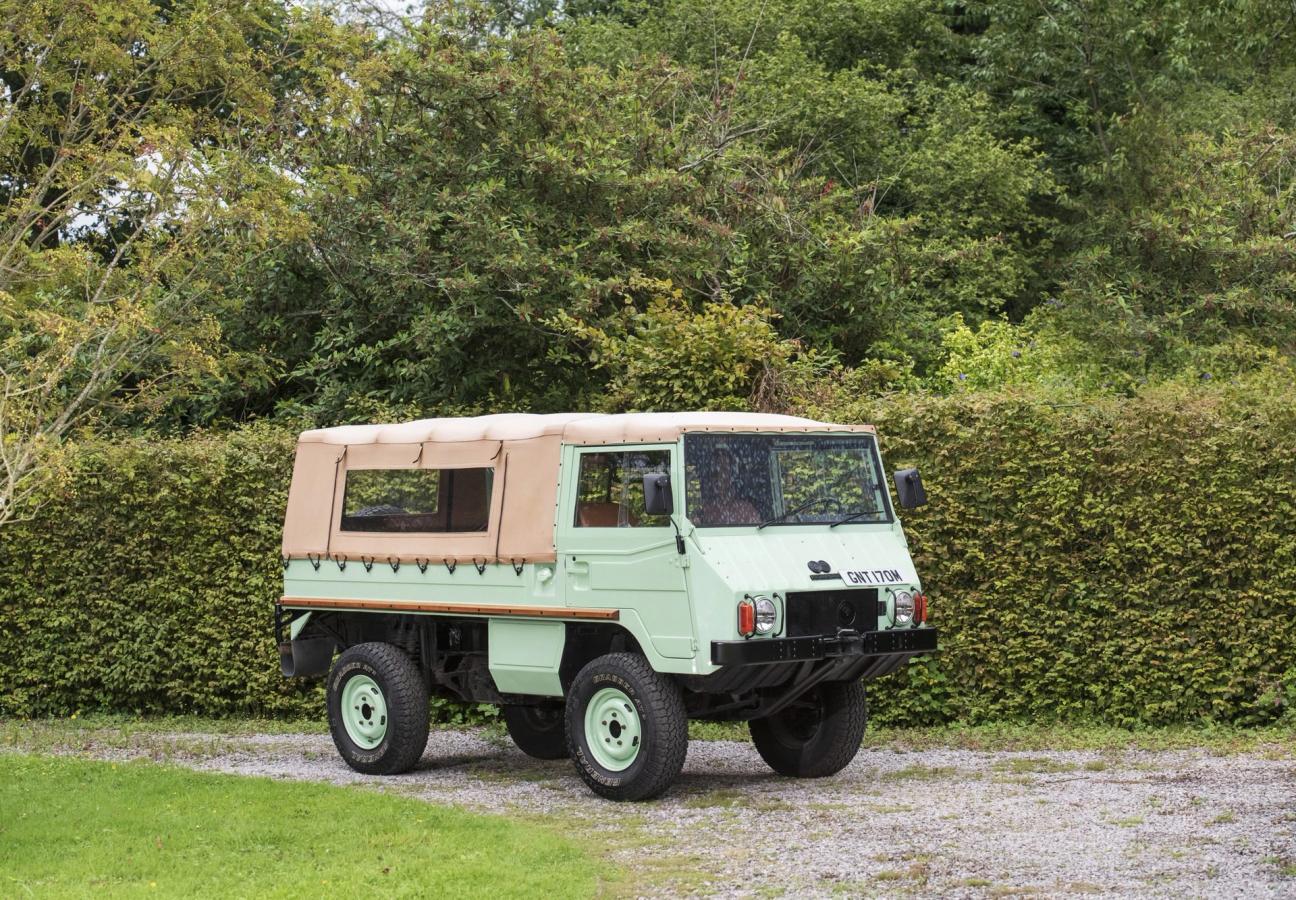
Ok. We’re all thinking it, so we’ll be the ones to say it. This one’s boxy. It’s really, really boxy. But that’s for good reason. As 4x4s go, this one can handle a tricky terrain (or five); it’s an all-terrain off-road military vehicle that’s been used — quite literally — the world over. Between 1971 and 2000, it was produced by famed Austrian manufacturer Steyr-Puch, before joining BAE Systems in the UK. This particular 4×4 is of the original Austrian build, hailing from 1978; and its restoration knows no bounds.
For one thing, it’s stayed true to its roots. All restoration work was undertaken by Pinz specialists, and every single part has been imported from Graz, Austria. This one’s the real deal, gents. Internal work includes new brakes and ignition, a steering refurbishment and a full engine and gearbox service; externally, it’s benefitted from a new tan double duck canvas hood, brand new LED lighting (to the front and rear) and overhauled seats, among other updates. You see that peppermint green hue? That was resprayed at a cost of more than £20,000 — this isn’t a car that skimps on the important stuff, gents.
And in case you were wondering, its namesake — the Pinzgauer — is an Austrian breed of horse. There’s a juicy nugget of knowledge to take along to your next pub quiz.
Have we ignited a thirst for vintage gems? Well, here are 5 vintage watches we want right now…
Become a Gentleman’s Journal member. Find out more here.

